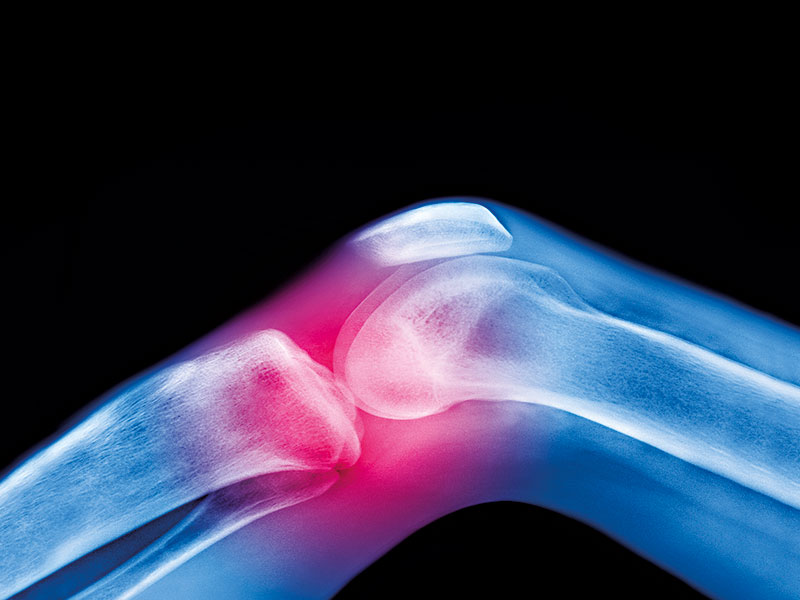
When Ralf Jakobs joined German biopharmaceutical firm CO.DON in the spring of 2016, he found an organisation comprising enthusiastic employees, a good portfolio of treatments and a strong focus on research and development. But there was one thing missing: trust.
CO.DON develops, produces and markets autologous cell therapies – or, in layman’s terms, therapies that use only a patient’s own cells – to repair cartilage defects in the knee through a minimally invasive method. To date, the treatment has been used in over 200 clinics to treat more than 12,000 patients. Despite this fact, however, Jakobs believed there was a distinct lack of trust in the potential of the product when he first arrived, as well as a lack of belief in the team’s own capabilities.
European CEO spoke with Jakobs, the sole member of CO.DON’s executive board, to find out more about the new culture of trust at the company, and learn how this has impacted CO.DON’s strategy.
What is CO.DON’s story? And what are its medium and long-term goals?
In July 2017, we received EU marketing authorisation for our cell therapy product Spherox. We launched the product in Germany in September 2017 and entered the UK market shortly after, with preparation underway in a number of other European countries, too.
Many companies underestimate the importance of organisational factors in translating a growth strategy into reality
To ensure we continue to supply the highest quality cell therapy products to our customers, CO.DON is entering a new dimension: in 2017, we started planning a new production site in Leipzig, Germany. Once the work is finished in 2019, the production site will be one of the world’s largest and most cutting-edge facilities for the industrial-scale production of human cells.
In the long term, I think CO.DON has the potential to become a global leader in the treatment of arthritis prophylaxis, a market that has a multibillion-dollar potential. With our clear strategy – which includes research and development – and the expansion of our product portfolio, we have the will and ambition to go down this path successfully.
How have these goals been affected by changes in the biopharmaceutical market?
The life science market, and especially the biopharmaceutical market, has significantly changed in recent years. As an executive board of a small or mid-cap company, you have to assess these volatile and uncertain markets very carefully.
While the speed of change has not been surprising, you have to understand and decide how to separate the noise of the normal processes from the fundamental shifts that are taking place. Then you must determine what is the result of a broader economic shift and what is specific to the company.
At CO.DON, we’ve had to make a number of tough portfolio decisions in the past six years and this has led us to focus on just one specific treatment area: cartilage repair with autologous human cells. This change was a strategic decision to transform CO.DON from a typical biotechnology company into a biopharmaceutical enterprise. As a result, our product represents the highest level of personalised medicine – an area that even big pharmaceutical companies have failed to succeed in so far.
How does CO.DON’s management structure factor into its strategy?
It’s become clear hierarchical organisation frameworks based on the ‘strategy, structure, systems’ doctrine of management no longer deliver competitive results. I still believe that structure follows strategy, and this is particularly important when you organise a company. However, I also believe the most important question is: “How do I prepare the company for growth?”
Many companies underestimate the importance of organisational factors in translating a growth strategy into reality. At CO.DON, we have worked intensively for the last two years on a strategic business case that can redefine our mid to long-term strategy. Consequently, we have changed many business processes that didn’t fit with the company’s goals – and eliminated those that didn’t add value – in order to reach our strategic targets.
As a small company, we can react to changes in the market faster than our larger competitors. That’s why we maintain a very flat management structure; instead of a defined hierarchy, we simply add experienced people to manage growth. This structure allows us to stay nimble and flexible, which, in turn, gives us more control, improving our communication and decision-making practices in the process.

